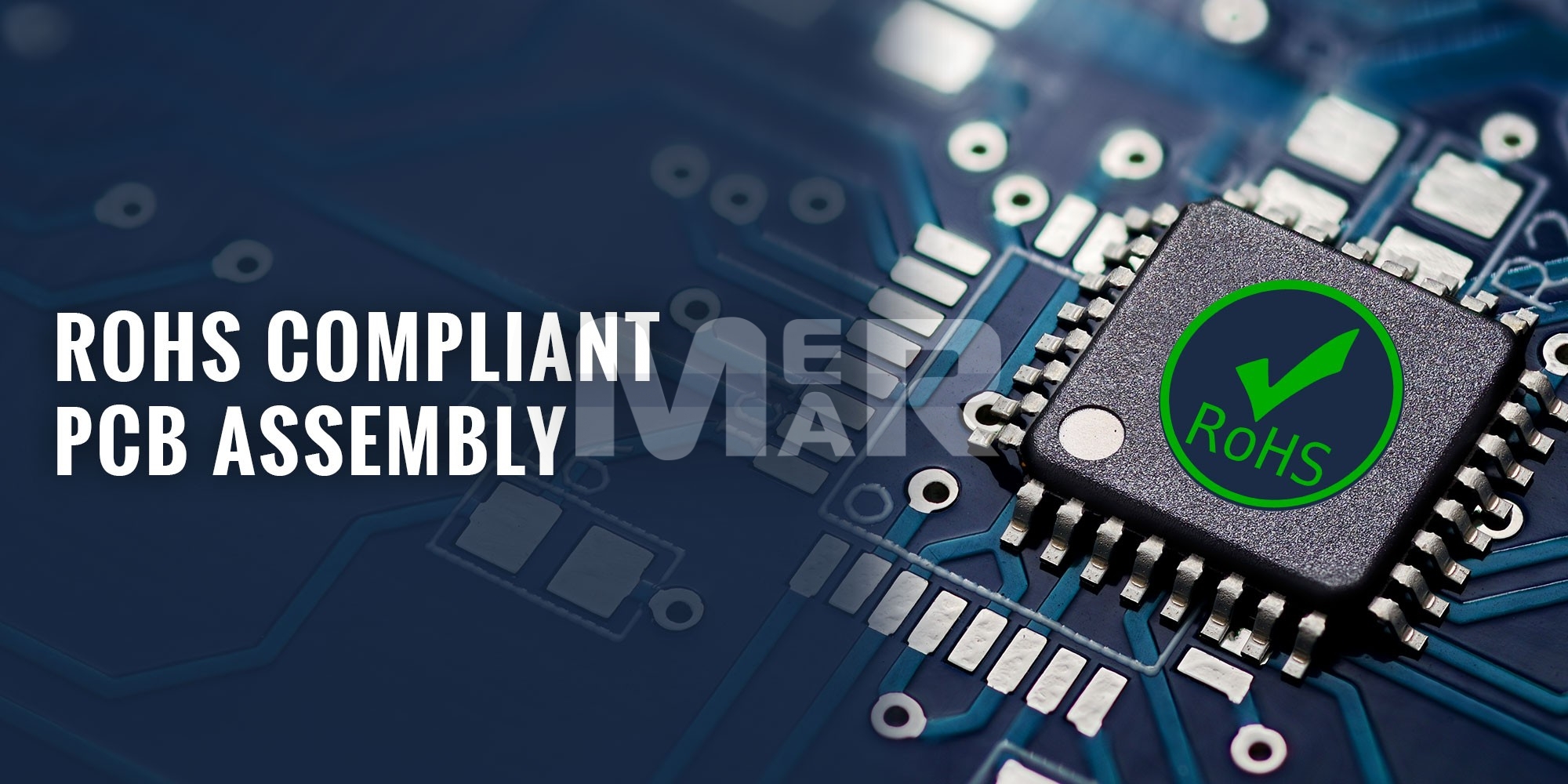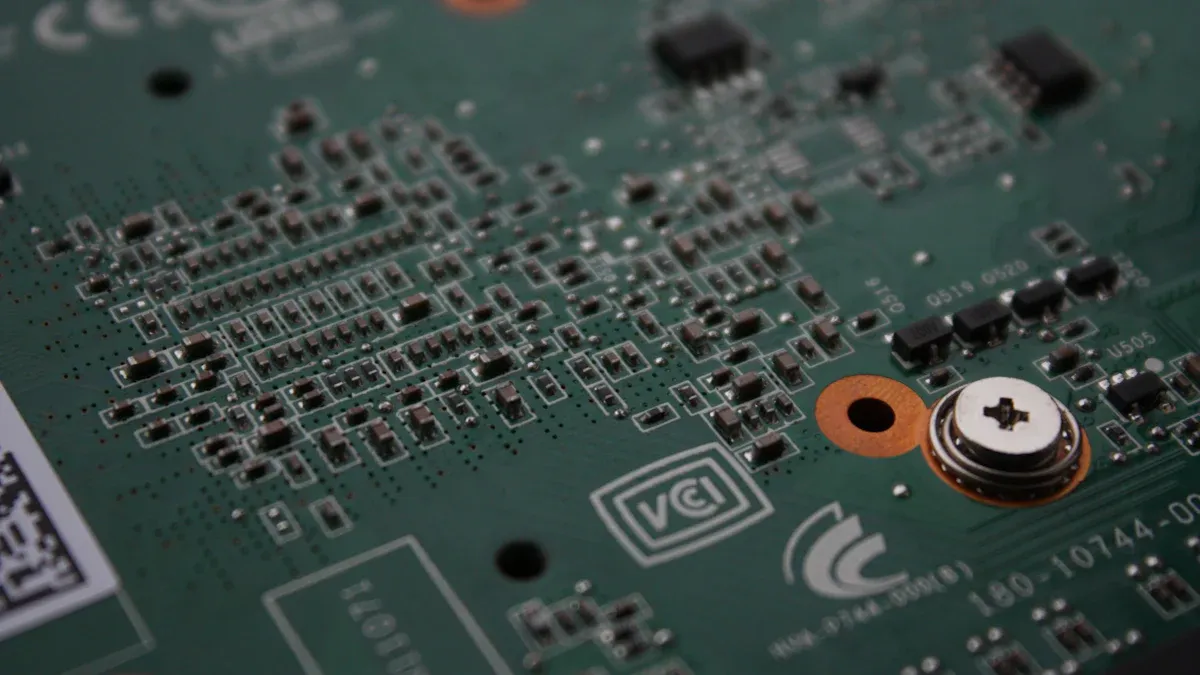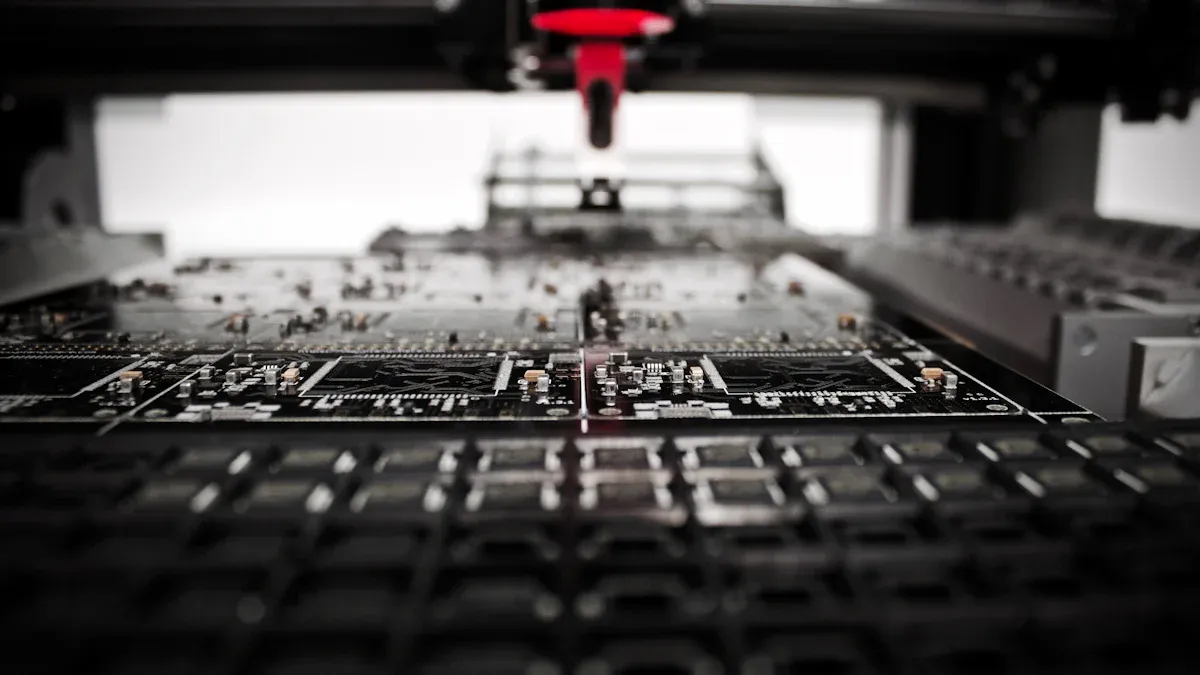The Importance of RoHS Compliance in Modern PCB Manufacturing

RoHS compliance is very important for green manufacturing. People now expect companies to care about the environment. Over 80% like brands that are eco-friendly. Strict rules, especially in Europe, limit harmful materials. Following these rules helps protect Earth, keep people safe, and stay competitive worldwide.
Key Takeaways
RoHS rules cut down harmful stuff in electronics. This makes products safer for people and nature.
Following these rules lowers electronic trash, helps recycling, and saves resources.
Companies following RoHS can sell worldwide, look better, and compete stronger.
Understanding RoHS Compliance

What is RoHS Compliance
RoHS compliance means following rules about hazardous substances in electronics. These rules limit harmful materials in devices like gadgets and appliances. The European Union started this regulation, but now many places, like the UAE, also follow it. The goal is to make products safer for people and the planet.
At first, RoHS focused on six dangerous substances. Later, it added four more, making a total of ten restricted materials. Companies must meet these rules to avoid fines and sell their products. By following RoHS, you help create a safer and greener world.
Key Hazardous Substances Restricted by RoHS
RoHS limits ten harmful substances often found in electronics. These include:
Lead (Pb)
Mercury (Hg)
Cadmium (Cd)
Hexavalent chromium (Cr6+)
Polybrominated biphenyls (PBB)
Polybrominated diphenyl ethers (PBDE)
Bis(2-ethylhexyl) phthalate (DEHP)
Butyl benzyl phthalate (BBP)
Dibutyl phthalate (DBP)
Diisobutyl phthalate (DIBP)
These materials can harm people and nature. For example, lead can hurt children’s growth, and mercury damages the nervous system. RoHS sets a limit of 0.1% for these substances in products. By reducing their use, RoHS helps protect the environment from electronic waste.
The Evolution of RoHS Regulations
RoHS rules have changed a lot since they began. Here’s a timeline of important updates:
2003: The European Union created the first RoHS rule (RoHS 1). It banned six harmful substances.
2011: RoHS 2 added CE marking to show compliance clearly.
2015: RoHS 3 added four more restricted chemicals called phthalates.
2024: A new update may add two more substances to the list.
RoHS rules now cover more products than before. At first, they applied to consumer electronics. Later, they included medical tools, monitoring devices, and industrial machines. For example, medical devices followed RoHS rules starting in July 2014. By July 2019, all electrical items had to comply. These changes show how important RoHS is for health and the environment.
Product Category | Compliance Start Date | Description |
|---|---|---|
Medical Devices | July 2014 | Added to improve safety in healthcare tools. |
Monitoring and Control Instruments | July 2014 | Non-industrial devices included in the rules. |
In-Vitro Medical Devices | July 2016 | More medical tools required to follow RoHS. |
Industrial Monitoring and Control Equipment | July 2017 | Specialized machines now meet RoHS standards. |
All other EEE categories | July 2019 | All remaining electronics must follow the rules. |
Learning about RoHS history shows its value in electronics. Following these rules helps companies stay legal and protect the Earth.
Why RoHS Compliance Matters in PCB Manufacturing
Environmental Sustainability and Reduced E-Waste
RoHS compliance helps protect nature by limiting harmful materials. It stops toxic waste from polluting landfills, soil, and water. Dangerous substances like lead and mercury can harm ecosystems. Following RoHS rules reduces this damage and supports eco-friendly practices.
Choosing RoHS-compliant products also cuts down on e-waste. These electronics are easier to recycle because they have fewer toxins. Recycling allows recovery of useful materials like copper and gold. This reduces mining and saves natural resources.
Health and Safety Benefits for Workers and Consumers
RoHS compliance makes workplaces safer for factory workers. It lowers their exposure to harmful chemicals like cadmium and chromium. These substances can cause serious health problems. For buyers, RoHS-compliant devices mean fewer risks from toxic materials.
Using fewer hazardous substances improves public health. Toxic chemicals have been linked to rising breast cancer rates. In the 1960s, the risk was 1 in 20; now it’s 1 in 8. Also, about 110 million Americans may drink water with PFAS chemicals. A study of 70,000 people in West Virginia found PFAS linked to kidney cancer and thyroid disease.
Health Issue | Evidence |
|---|---|
Breast Cancer Risk | Increased from 1 in 20 in the 1960s to 1 in 8 today. |
PFAS Contamination | 110 million Americans may drink water with PFAS chemicals. |
PFOA Health Link Study | Study found links between PFOA and kidney cancer, thyroid disease in 70,000 West Virginians. |
By reducing these substances, RoHS compliance protects workers and buyers from health risks.
Global Market Access and Regulatory Requirements
Selling electronics worldwide requires RoHS compliance. Many places, like the EU, demand products meet these rules. Without compliance, companies lose access to big markets and growth chances.
Following RoHS rules also boosts efficiency. Companies using tools like Assent’s RoHS solution improve accuracy by 50%. These platforms help businesses prove compliance and stay in global markets. This allows manufacturers to grow and compete better.
Enhancing Business Competitiveness with LT CIRCUIT
RoHS compliance builds trust and improves business reputation. People prefer brands that care about safety and the planet. LT CIRCUIT makes RoHS-compliant PCBs using advanced methods. Their products meet high standards and global rules.
LT CIRCUIT’s focus on quality gives businesses an advantage. Their PCBs work for industries like electronics and telecom. Partnering with LT CIRCUIT offers eco-friendly solutions that help your business succeed.
Materials and Processes for RoHS Compliance

Lead-Free Solder and Alternatives
Using lead-free solder is key to following RoHS rules. Tin-silver-copper (SAC) alloys replace lead-based solder. They keep electrical connections strong and are safer for the environment.
Other choices include bismuth-based solder, which melts at lower temperatures. Indium-based solder works well for special uses. These options meet RoHS standards and perform reliably.
RoHS-Compliant PCB Laminates and Components
Choosing safe laminates and parts is important for green PCB making. Halogen-free laminates are non-toxic and better for nature. Parts like capacitors and resistors must follow strict limits on harmful substances.
Harmful Substance | Allowed Amount |
|---|---|
Lead (Pb) | |
Mercury (Hg) | 0.1% by weight |
Cadmium (Cd) | 0.01% by weight |
Hexavalent Chromium (Cr6+) | 0.1% by weight |
Polybrominated Biphenyls (PBB) | 0.1% by weight |
Polybrominated Diphenyl Ethers (PBDE) | 0.1% by weight |
Factories work hard to remove these substances. This helps meet rules and lowers electronic waste.
LT CIRCUIT’s Approach to RoHS-Compliant Manufacturing
LT CIRCUIT is a leader in making RoHS-compliant PCBs. They use certified materials and eco-friendly methods. Their advanced tools remove harmful substances to meet global rules.
Component Type | Reliability Comparison | Notes |
|---|---|---|
LF BGA with LF solder | Heat aging improved reliability | |
TL-based components | Good reliability | May phase out without issues |
LF devices in COTS | Lower costs and faster delivery | Customer checks reliability |
Working with LT CIRCUIT gives you reliable and eco-friendly products.
RoHS compliance helps make PCBs in a greener way. It also improves your business's ability to compete worldwide. By following these rules, you protect nature and meet global laws. For instance:
A German PCB company used AI to save 25% audit time.
A San Jose factory lowered harmful air emissions by 19% in half a year.
FAQ
What does RoHS mean?
RoHS means "Restriction of Hazardous Substances." It controls harmful materials in electronics. This helps protect people and the planet.
How do you know if a product follows RoHS?
Check for a CE mark on the product. You can also ask the maker for a certificate. These show it meets RoHS rules.
Why is lead-free solder needed for RoHS?
Lead-free solder is safer for health and nature. It helps PCBs meet safety rules and keeps connections strong.
See Also
Selecting A Reliable PCB Manufacturer For Your Company
Important Considerations When Designing PCB Circuit Boards
Enhancing PCB Production Yield With Online AOI Technology
Ten Strategies To Reduce Expenses In Custom PCB Manufacturing
